| What should businesses do when freight rates to the US and Europe escalate? Shipping lines are expected to face more difficulties in 2024 |
Market Redirection
Tensions in the Red Sea have caused shipping rates to increase 2-3 times compared to last month. Many export businesses are struggling to find ways to overcome difficulties in order to maintain orders and stabilize jobs for workers.
Mr. Nguyen Dinh Tung - Vina T&T Import Export Company said that on average, the company exports 15 - 20 containers of fresh fruit to the US market each week. Recently, the dangerous transportation of goods through the Red Sea has increased shipping costs by 30%, and shipping time has increased by about 15 days, causing many difficulties for the company's export activities.
To maintain orders, businesses have shifted exports from sea to air. “For fruits with long shelf life such as grapefruit and coconut (about 65 days), businesses still export by sea. For fruits that cannot be stored for a long time such as dragon fruit, mango, and longan, they switch to air transport,” said Mr. Nguyen Dinh Tung.
According to Mr. Tung, the cost of transporting goods by air is 10 times higher than by sea. Although most of the customers share the difficulties with the business regarding the cost, because this difficulty is objective. However, the company cannot export large orders during this year-end shopping season and only exports sparingly. "The cost of shipping by sea is only 0.4 USD/kg, while the cost of shipping by air is from 4-5 USD/kg. Export output has decreased by 50-60% because of increased costs and reduced purchasing power, so importers have also limited imports," Mr. Tung shared.
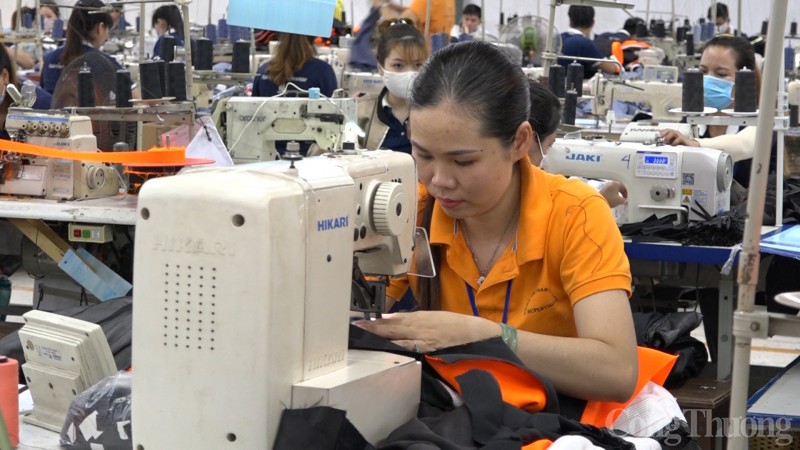 |
| Export businesses seek ways to cope with rising freight rates |
Meanwhile, many other businesses are looking to change their market direction when shipping rates have increased 2-3 times in some major markets such as Europe and the US. Mr. Pham Van Viet - Chairman of the Board of Directors of Viet Thang Jean Company Limited shared that the European and US markets account for 70% of the company's export market share. However, since the beginning of January 2024, goods have been delayed, many shipments are having to take a detour, causing delivery times to be extended by another 2 to 3 weeks. Costs have also doubled. Although it is regretful about the key markets, businesses are forced to consider reducing market share in these two markets to find a new direction.
“The textile industry is seasonal, so if we have to fly, the cost will increase by about 3 times. We can develop the markets in China, Japan, Russia - places that are less affected, or we can start approaching the ASEAN market to bring goods to this market," Mr. Pham Van Viet emphasized.
Minimize the risk of supply chain disruption
According to experts, the increase in freight rates has caused difficulties for export businesses when the COVID-19 pandemic broke out. Now, this story has once again caused difficulties for businesses. At this time, a fundamental solution is needed to limit supply chain disruptions.
Mr. Truong Dinh Hoe - General Secretary of the Vietnam Association of Seafood Exporters and Producers (VASEP) said that as a key export product of our country, Vietnamese seafood has been present in more than 170 countries. In order to avoid raw material backlog during the harvest season, seafood enterprises are having to quickly negotiate and change production direction according to the requirements of new partners, waiting for tensions to subside to continue the export route or find "opportunities" in "danger".
In the short term, for shipments that have already been exported, businesses are looking to negotiate with partners to share some of the sharp increase in transportation costs. In the long term, businesses must recalculate the signing of contracts, especially regarding transportation costs, to minimize risks when the transportation chain is broken.
"Transportation costs increase, there will be markets with supply shortages, on that basis, we will compensate for that to have more exciting activities, taking advantage of geographical position," Mr. Hoe suggested.
Regarding this issue, Mr. Do Phuoc Tong - Chairman of the Ho Chi Minh City Association of Mechanical and Electrical Enterprises said that global inflation could be more serious if transportation costs continue to increase, goods will be seriously congested. Therefore, when signing export orders, businesses should negotiate to separate transportation costs into separate costs.
"Separate the shipping cost into a separate cost instead of delivering goods to customers at CIF price, because including the shipping cost is very risky in the current situation. So businesses are aiming to separate the shipping cost to discuss with customers," said Mr. Tong.
Source link



![[Photo] Prime Minister Pham Minh Chinh chairs conference on anti-smuggling, trade fraud, and counterfeit goods](https://vphoto.vietnam.vn/thumb/1200x675/vietnam/resource/IMAGE/2025/5/14/6cd67667e99e4248b7d4f587fd21e37c)








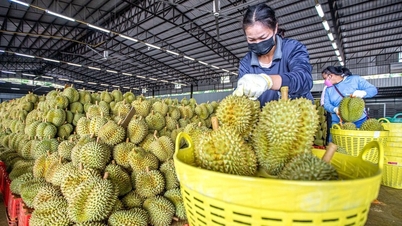







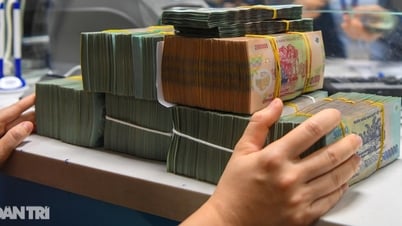









































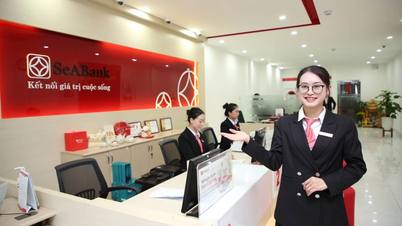















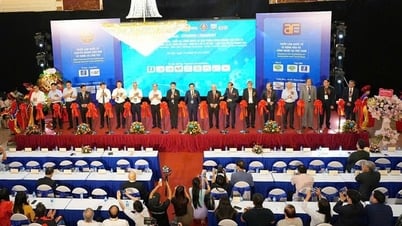





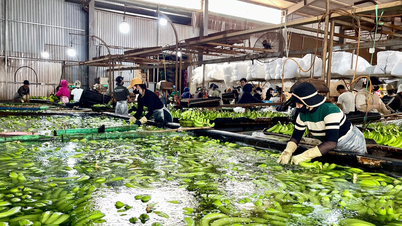










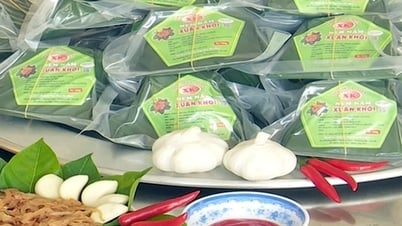






Comment (0)